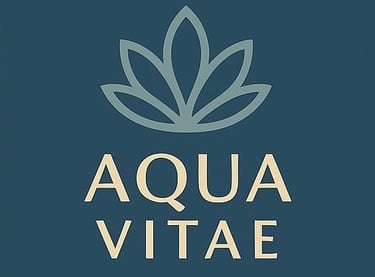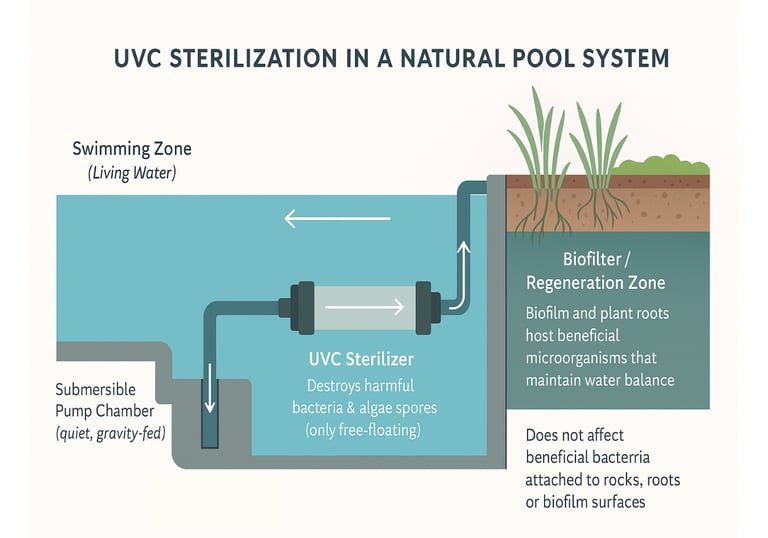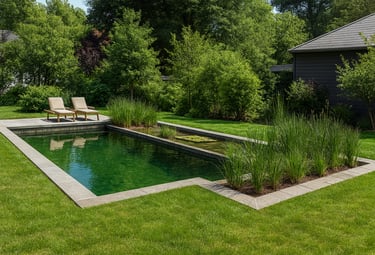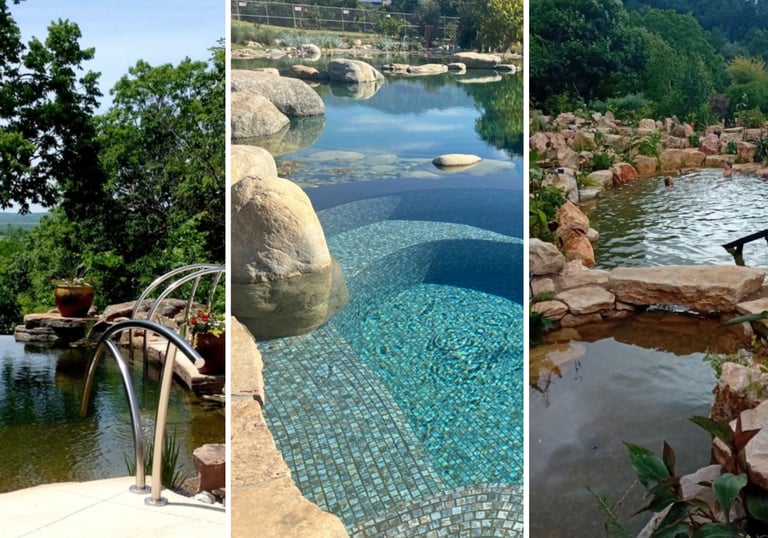Nanobubble Technology for Natural Pools & Lakes | Aqua Vitae Guide
Nanobubble technology delivers ultra-fine oxygenation that enhances water clarity, supports beneficial bacteria, reduces algae pressure & improves stability in natural pools, swimming ponds & lakes. Learn how nanobubbles work, when to use them & their key advantages.
8/18/20254 min read
Nanobubble Technology for Natural Pools & Lakes
Ultra-fine oxygenation that enhances clarity, boosts biological performance, and supports healthier living water.
Nanobubble technology is one of the most powerful new tools in aquatic design, offering a highly efficient way to oxygenate water and stabilize a natural ecosystem. Unlike traditional aeration, nanobubbles are microscopic—so small they remain suspended for weeks, saturating the water column with dissolved oxygen. This creates an environment where beneficial bacteria thrive, organic load breaks down more efficiently, and water clarity becomes more stable with less intervention. While not a replacement for proper regeneration design, nanobubbles can significantly boost performance, resilience, and overall water quality when integrated correctly.
What’s the Difference Between Natural, Saltwater & Chlorine Pools
Nanobubbles are ultra-small gas bubbles, typically less than 200 nanometers in diameter. Because of their tiny size, they behave differently from standard aeration bubbles: they don’t rise to the surface and burst. Instead, they stay suspended in the water and slowly dissolve, releasing oxygen directly into the ecosystem.
This sustained oxygenation increases redox potential (ORP), improves microbial efficiency, and helps the system break down nutrients before they can cause algae growth.
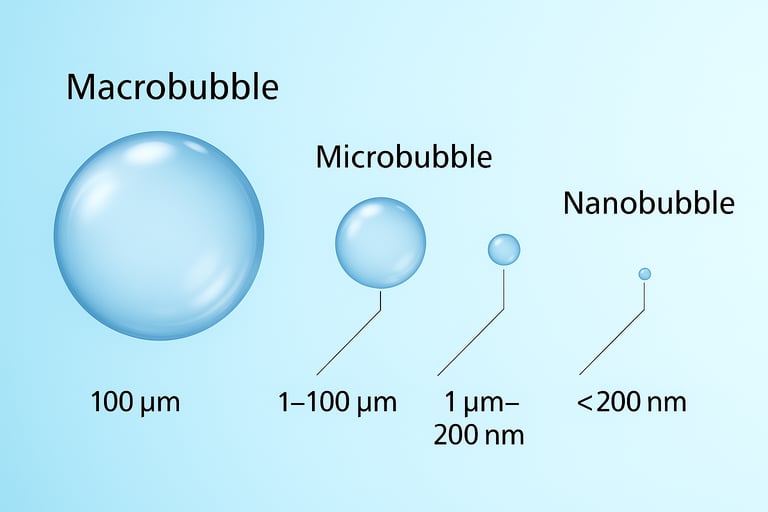

What Are Nanobubbles?
Nanobubble generators inject gas—usually oxygen or air—into water under controlled pressure. The process creates trillions of microscopic bubbles that spread evenly throughout the entire basin, not just the surface layer. The key advantages come from two mechanisms:
Long residence time: Nanobubbles remain in the water for days to weeks.
Elevated oxygen diffusion: They release oxygen slowly, making it more usable by bacteria and plants.
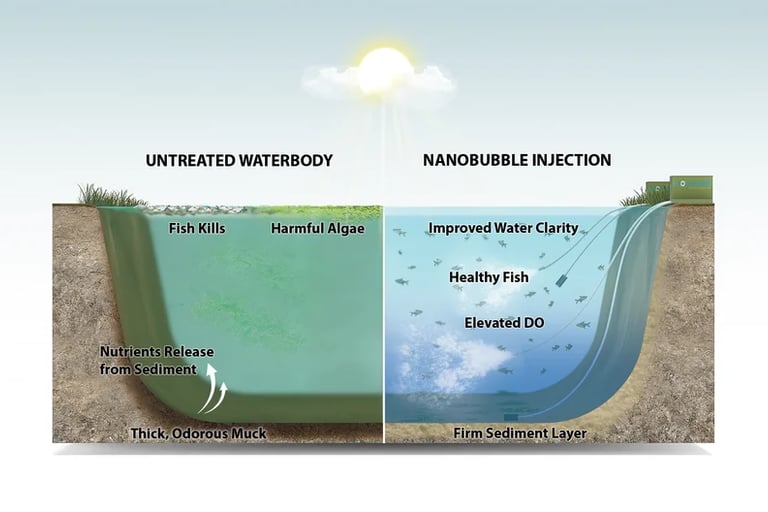

How Nanobubbles Work


Nanobubbles are a strong complement to natural filtration because they enhance the biological processes already happening in the wetland. Key benefits include:
Higher water clarity due to improved organic breakdown
Increased dissolved oxygen throughout the entire depth
Support for beneficial bacteria in gravel beds and plant root zones
Reduced algae pressure from improved nutrient cycling
Faster recovery after storms or heavy bather load
Low energy consumption compared to mechanical aeration systems

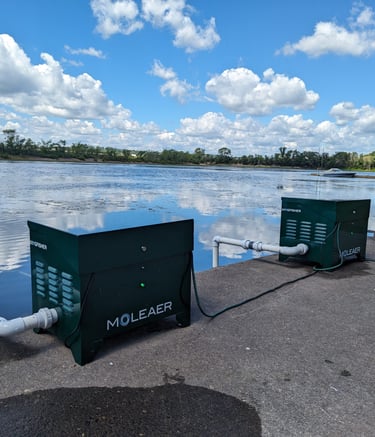
Benefits for Natural Pools & Lakes
Nanobubbles shine in systems that need a supplemental oxygen boost—large ponds, shaded wetlands, high bather-load natural pools, or conversions where space is limited and biological surface area is insufficient. They are also valuable for start-ups, seasonal openings, and situations where water clarity needs help stabilizing. In extremely large lakes or deep ponds, nanobubbles can assist where standard air diffusers struggle to reach.
When Nanobubbles Are Most Useful
Limitations & Considerations
Nanobubbles are not a magic fix and should not replace solid ecosystem design. They don’t eliminate the need for proper regeneration zones, balanced circulation, and correct plant/media selection. Potential drawbacks include:
Initial cost of equipment
Overselling by some manufacturers
Limited effect if circulation design is flawed
Not a substitute for mechanical solids removal
Requires correct oxygen sizing for volume
Choosing the Right Nanobubble System
The best approach is sizing based on total volume, intended biological load, and how much supplemental oxygenation the wetland needs. Systems vary: some use pure oxygen, others use air; some are continuous, others programmed. For natural pools, low-energy, continuous systems usually provide the most stable results. Always pair the unit with proper circulation so oxygen can reach plant roots, gravel beds, and the lower water column.
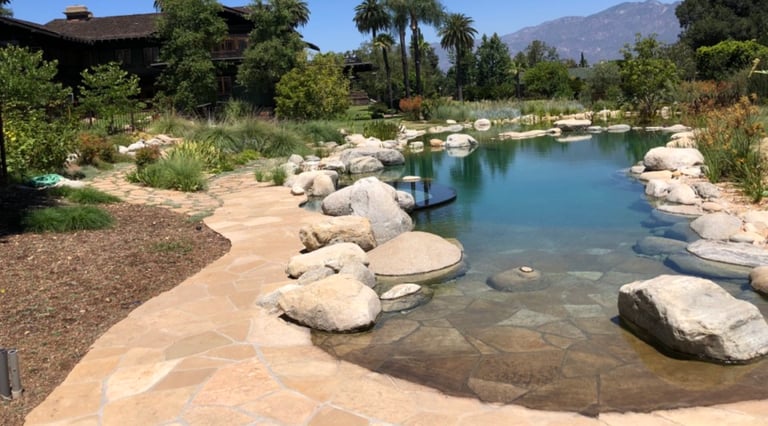

Should You Use Nanobubbles?
If your goal is clearer water, stronger biological performance, and a system that recovers faster after heavy use, nanobubbles are a highly effective add-on. They won’t replace biological filtration, but they make it work better—especially in modern, compact, or hybrid natural pools where space is limited or large bodies of water where filter kits are cost prohibitive. For most clients, the improved clarity and stability justify the upgrade.
You may also like...
UV Sterilization for Natural Swimming Pools | Aqua Vitae
Learn how UV-C sterilization for natural swimming pools can ensure year round chemical-free, crystal-clear water that’s safe, clean & eco-friendly; naturally.
Why Most Natural Pools Don’t Look Natural | Aqua Vitae Guide
Many natural pools miss the mark. Discover why — and how Aqua Vitae designs truly naturalistic pools using a method refined over 25 years.
Explore styles and various features for creating your dream natural pool, pond or water‑feature. From design inspiration to filtration, plants and aesthetic detail.
Design Your Dream Natural Pool – Styles & Features | Aqua Vitae Guide
Experience the future of swimming with natural pools.
© 2025 Aqua Vitae. All rights reserved.
